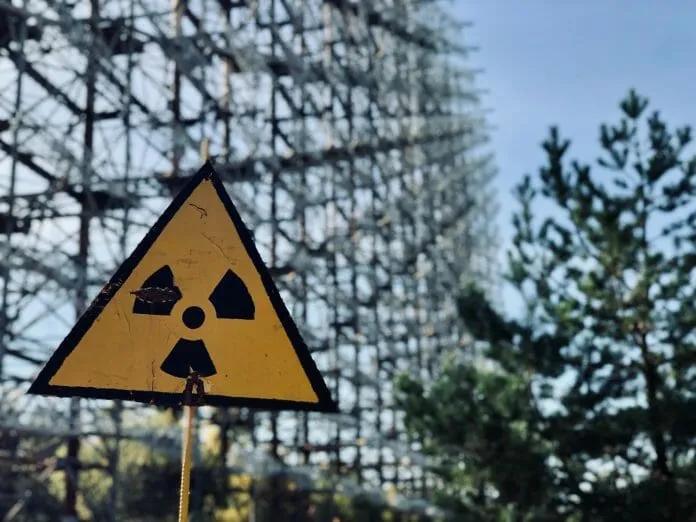Unmanned Aerial Vehicle, A Viable Solution For Mapping Radiation Anomalies
Nuclear power and related activities, in addition to its many benefits, may face up to an unfortunate incident. In the event of a nuclear incident, crisis management is needed. The most important of which is to survey or assess the release of any radionuclides. It is therefore essential that the type of released radionuclides, their quantities, spatial distributions and their activities be investigated immediately after the disaster. Also, it is essential to implement emergency evacuation plans, if necessary, such as protecting both the public and the workforce from serious harm or sending people away from dangerous spaces to safe places.
Real-time data collection is of crucial importance to making a decision but nuclear events such as the Fukushima Daiichi nuclear disaster on 11 March 2011 put it in an impossible position as a consequence of the magnitude of a Tahoka earthquake (9.0 on the Richter scale) and the destruction of static radiation detection networks caused by the tsunami with a height of 15 meters.
A similar worst nuclear disaster, i.e., the 1986 Chernobyl catastrophe was caused by a flawed reactor design as well as operated by unskilled personnel. The steam explosion and flames resulted in the deposition of radioactive materials (at least 5% of the radioactive reactor core) onto the surrounding environment including much of Europe. As a result, determination of radionuclides activity in the whole or part of the affected area was not possible immediately or even within a few weeks after the accident, hence the risk or actual hazards to the responding workforce as well as the general population living in the surrounding areas couldn’t be assessed in real-time.
Some conventional methods for measuring the concentrations of radioactive materials in the field are the use of handheld equipment, and aerial and car surveys which require the use of skilled labor and putting them at attendant risk. Also, physical measuring of the radioactive decay is a time-consuming task that requires special equipment in addition to significant costs. The mentioned problems required that appropriate solutions be proposed and examined. Therefore, in recent years, researchers have evaluated unmanned aerial systems, called drones as real-time data surveyors. The advantages of these drones include flexibility in weights, sizes, and dimensions, as well as remote control and the ability to receive applications for intelligent control. These drones are capable of performing a variety of tasks and missions by flying autonomously in various settings and locations.
In this regard, an unmanned aerial system or drone offers a viable solution to conduct aerial surveys in real-time. The use of such a device ensures effective workability in extreme radiation fields or hazardous radiation environments. The device also discards any risk of radiation exposure to the vehicle operators, ensures the survey of greater areas in a relatively short time as well as can conduct the radiation survey even in difficult situations such as ruins, fire, etc. Following the advancement of modern technology, lightweight, cost-effective and radiation-resistant composite materials can be used to manufacture the unmanned aerial platform. Such a device can be equipped with NaI(Tl) gamma-ray spectrometer and appropriate microcontroller together with associated electronics, along with a LIDAR (Light Detection and Ranging) system that combines a laser, a scanner, and a specialized GPS receiver. It is anticipated that the use of the aforementioned UAV system could provide a viable solution to map large areas of hazardous land without exposing the operator to harmful ionizing radiation.
Professor Mayeen Uddin Khandaker
School of Engineering and Technology
Email: @email
This article was first published in Business Today, 18 September 2023.




